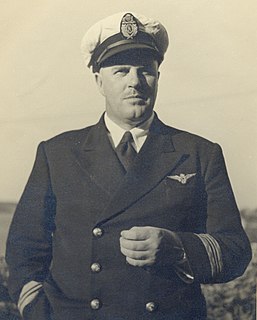This article needs additional citations for verification .(September 2014) (Learn how and when to remove this template message) |
John Davies (10 June 1814 – 11 June 1872) co-founded the Australian newspaper The Mercury .
TheMercury is a daily newspaper, published in Hobart, Tasmania, Australia, by Davies Brothers Pty Ltd, part of News Corp Australia and News Corp. The weekend issues of the paper are called Mercury on Saturday and Sunday Tasmanian. The current editor of TheMercury is Chris Jones.
Davies was a Jew born in London, England. He was transported to Hobart, Australia as a convict in August 1831, for ordering candles on someone else's account. His father had been transported to New South Wales only a few years before.

Jews or Jewish people are an ethnoreligious group and a nation, originating from the Israelites and Hebrews of historical Israel and Judah. Jewish ethnicity, nationhood, and religion are strongly interrelated, as Judaism is the traditional faith of the Jewish people, while its observance varies from strict observance to complete nonobservance.

London is the capital and largest city of both England and the United Kingdom. Standing on the River Thames in the south-east of England, at the head of its 50-mile (80 km) estuary leading to the North Sea, London has been a major settlement for two millennia. Londinium was founded by the Romans. The City of London, London's ancient core − an area of just 1.12 square miles (2.9 km2) and colloquially known as the Square Mile − retains boundaries that follow closely its medieval limits. The City of Westminster is also an Inner London borough holding city status. Greater London is governed by the Mayor of London and the London Assembly.

England is a country that is part of the United Kingdom. It shares land borders with Wales to the west and Scotland to the north-northwest. The Irish Sea lies west of England and the Celtic Sea lies to the southwest. England is separated from continental Europe by the North Sea to the east and the English Channel to the south. The country covers five-eighths of the island of Great Britain, which lies in the North Atlantic, and includes over 100 smaller islands, such as the Isles of Scilly and the Isle of Wight.
On 5 July 1854 he and Auber George Jones, a Tasmanian pastoralist, published the first edition of The Mercury. [1]

Tasmania is an island state of Australia. It is located 240 km (150 mi) to the south of the Australian mainland, separated by Bass Strait. The state encompasses the main island of Tasmania, the 26th-largest island in the world, and the surrounding 334 islands. The state has a population of around 526,700 as of March 2018. Just over forty percent of the population resides in the Greater Hobart precinct, which forms the metropolitan area of the state capital and largest city, Hobart.
In 1871 Davies passed the management of The Mercury to his sons. [2] In June 1872 he opened up the theatre building (which he then owned) to homeless people seeking temporary shelter due to floods. He caught a chill from which he died on 11 June 1872.

A flood is an overflow of water that submerges land that is usually dry. In the sense of "flowing water", the word may also be applied to the inflow of the tide. Floods are an area of study of the discipline hydrology and are of significant concern in agriculture, civil engineering and public health.
Davies' son John played first-class cricket for Tasmania and was thrice Mayor of Hobart.

Sir John George Davies KCMG, generally known as (Sir) George Davies, was a Tasmanian politician, newspaper proprietor and first-class cricketer.
First-class cricket is an official classification of the highest-standard international or domestic matches in the sport of cricket. A first-class match is of three or more days' scheduled duration between two sides of eleven players each and is officially adjudged to be worthy of the status by virtue of the standard of the competing teams. Matches must allow for the teams to play two innings each although, in practice, a team might play only one innings or none at all.





